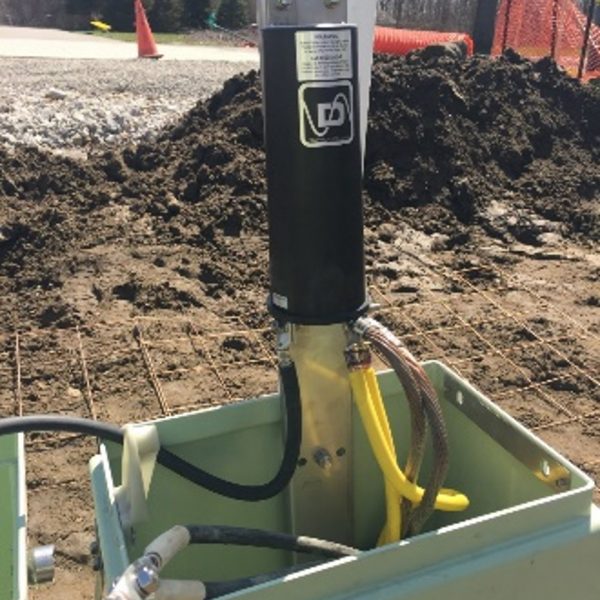Corrosion Growth Rate Analysis

Corrosion is a universal challenge spanning various industries, from transportation and construction to energy and manufacturing. Understanding its progression is essential for ensuring the reliability, safety, and longevity of infrastructures made from metals and alloys.
Understanding Corrosion Growth Rates
Corrosion growth rate signifies the pace at which metal degradation occurs on an exposed surface. This rate can vary widely based on numerous factors, such as the material composition, environmental conditions, and preventive measures employed.
Importance of Analyzing Corrosion Growth Rates
- Predictive Maintenance: Recognizing the rate of corrosion progression facilitates timely interventions, reducing system failures, and promoting efficient operations.
- Safety and Compliance: An accurate understanding of corrosion growth ensures that infrastructures operate safely and adhere to regulatory standards.
- Life Cycle Analysis: Knowledge of corrosion rates aids in estimating the lifespan of infrastructures, vital for capital planning and asset management.
Factors Influencing Corrosion Growth in Various Industries
-
- Material Properties: Different metals and alloys exhibit varied resistances to corrosion based on their inherent properties and treatments.
-
- Environmental Conditions: Moisture, salinity, temperature, and atmospheric pollutants can significantly influence corrosion rates.
-
- Exposure to Chemicals: Corrosion may be accelerated in industries where metals come in contact with aggressive chemicals or high-temperature fluids.
-
- Protective Measures: The efficiency of protective coatings, treatments, and other preventive measures is crucial in dictating corrosion rates.
Our Approach to Corrosion Growth Rate Analysis
With a multi-industry focus, we employ cutting-edge technology and deep-seated expertise to deliver precise corrosion growth rate analyses. Our methodology includes:
-
- Historical Data Analysis: We evaluate past inspection records and data to discern corrosion progression trends.
-
- State-of-the-Art Data Collection Techniques: Our arsenal includes ultrasonic testing, radiographic techniques, and electromagnetic methods to gather detailed corrosion data.
-
- Predictive Modelling: Leveraging sophisticated algorithms and software, we anticipate future corrosion growth based on current observations and historical patterns.
-
- Tailored Recommendations: We offer strategic solutions for corrosion mitigation, ranging from advanced coatings to innovative alloy treatments.
Conclusion
Understanding and managing corrosion growth rates is paramount as industries evolve and infrastructural demands increase. With our advanced analysis techniques, organizations can safeguard their assets and ensure operational excellence across sectors.

